Samuel McLaughlin (1826, Rathlin Island, Ireland–1914, Los Angeles)
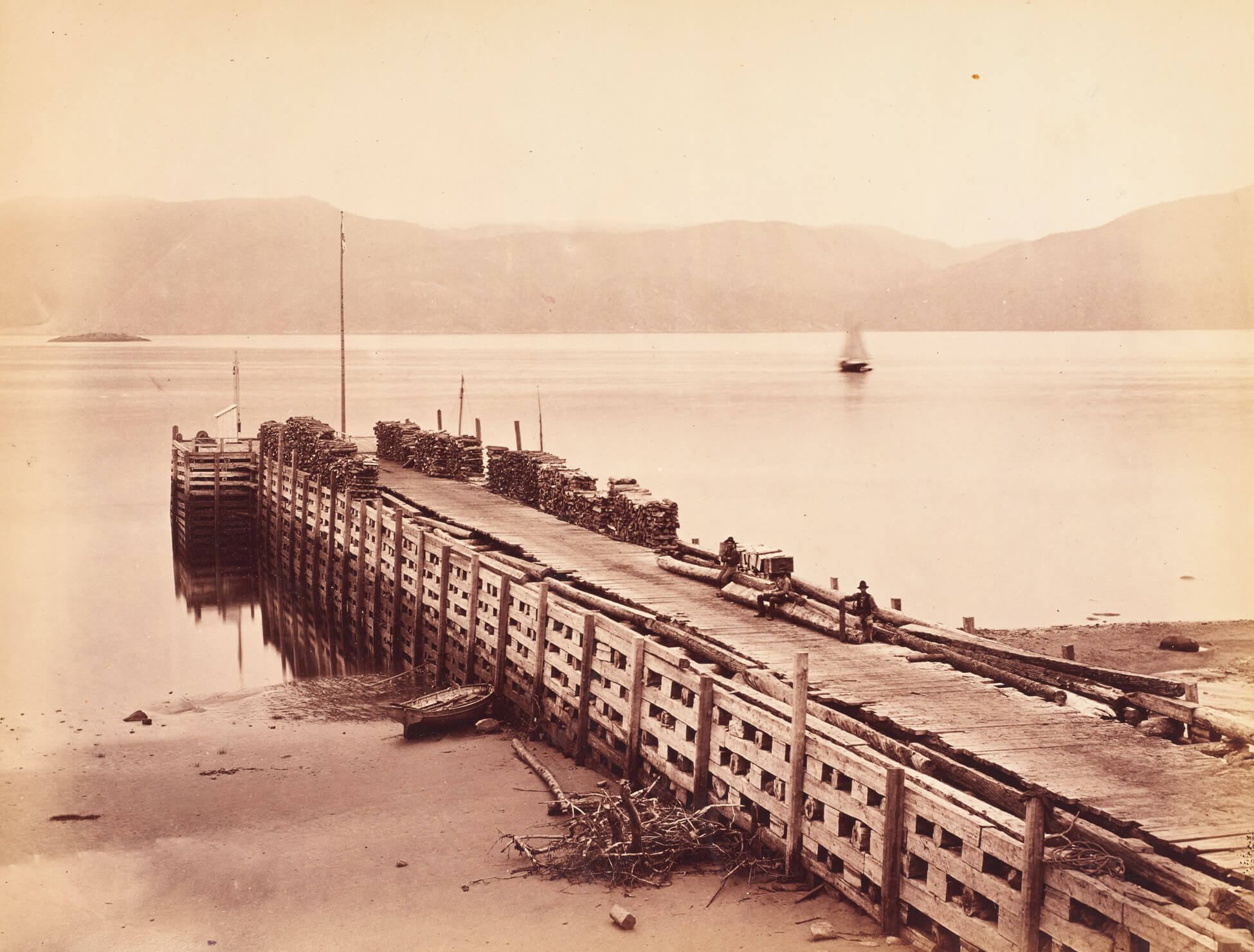
Wharf and the Saguenay River at L’Anse-Saint-Jean (Quebec), 1886
Black and white photograph, 19 x 24 cm
Bibliothèque et Archives nationales du Québec, Quebec City
The arrangement and perspective of Wharf and the Saguenay River at L’Anse-Saint-Jean (Quebec) by Samuel McLaughlin (1826–1914) deftly guides the viewer’s eye along a large wharf as it juts out into the pristine water and hills beyond. The image is featured in one of McLaughlin’s most important projects, an album documenting the building of dams and docks along the Saguenay River in Quebec. Like so many early photographers in Canada, McLaughlin was adept at creating beautiful photographs of settler-colonial incursions into nature, and the resulting photographs celebrated national progress.
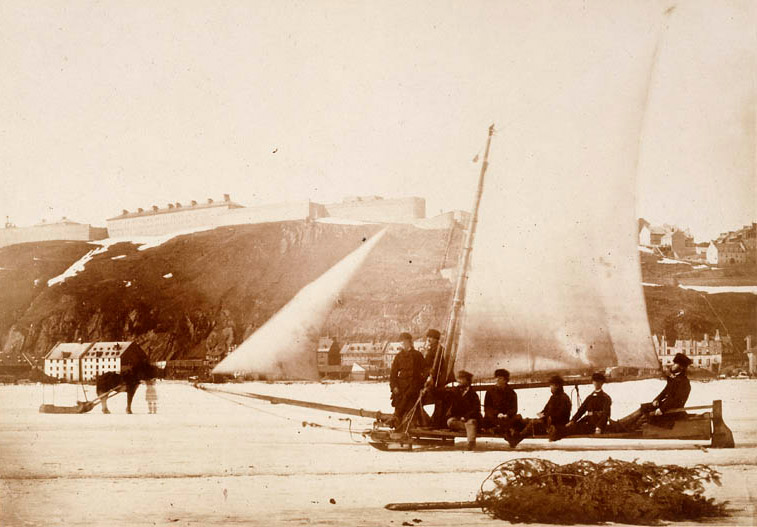
Originally from Ireland, McLaughlin immigrated to Quebec City at the age of fifteen, where he worked as a watchmaker and then a publisher of city directories before turning his amateur practice of photography into a professional pursuit. In 1858, he announced what would be the first photographically illustrated publication in Canada, The Photographic Portfolio: A Monthly View of Canadian Scenes and Scenery. Designed as a high-quality souvenir that paired photographs with descriptions in letterpress, McLaughlin’s ambitious project exceeded his capacity and he produced only twelve views over a three-year period. Few complete portfolios exist today.
In 1861, McLaughlin was named Canada’s first government photographer. He relocated to Ottawa, where he used a view camera to document the long and difficult construction of the new Parliament Buildings (1860–76). He served in this role for thirty years, photographing a wide variety of public works, railways, and ceremonies. He continued to work with care and attention that exceeded the demands of his job, creating images that are not only visual records but also striking compositions. In 1893, McLaughlin retired to California and, unfortunately, his studio’s negatives and records were lost in a fire soon after.

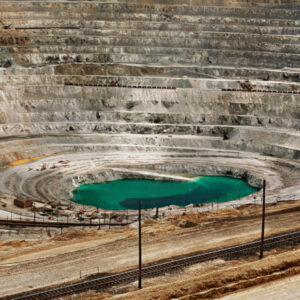 About the Authors
About the Authors
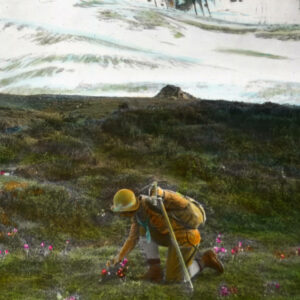 More Online Art Books
More Online Art Books
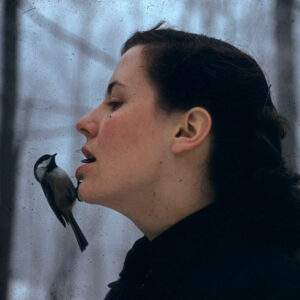 Acknowledgements
Acknowledgements